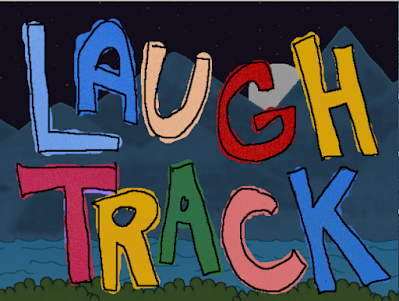Dickey Betts was a legendary figure in the realm of Southern rock, celebrated for his exceptional guitar prowess, soulful vocals, and prolific songwriting contributions to The Allman Brothers Band. Born Forrest Richard Betts on December 12, 1943, in West Palm Beach, Florida, he emerged as a pivotal figure in shaping the distinctive sound of Southern rock, a genre blending elements of rock, blues, country, and jazz.
Betts' musical journey began in the 1960s when he joined various local bands in Florida, honing his skills as a guitarist and songwriter. His early influences ranged from blues icons like B.B. King and Elmore James to country legends such as Chet Atkins and Merle Travis, which contributed to his eclectic style. However, it was his encounter with Duane Allman that would alter the course of his career.
In 1969, Betts became a founding member of The Allman Brothers Band, alongside Duane Allman, Gregg Allman, Berry Oakley, Butch Trucks, and Jaimoe Johanson. The band quickly gained recognition for their electrifying live performances and innovative blend of blues, jazz, and rock elements. Betts' role as the lead guitarist and secondary vocalist added depth and dimension to the band's sound.
One of Betts' most notable contributions to The Allman Brothers Band was his songwriting prowess. He penned some of the band's most enduring classics, including "Ramblin' Man," "Blue Sky," and "Jessica." His compositions often showcased intricate guitar harmonies, melodic hooks, and dynamic arrangements, reflecting his deep musical intuition and technical proficiency.
Betts' guitar playing was characterized by his soulful improvisations, fluid slide guitar work, and mastery of the Gibson Les Paul guitar. His solos were imbued with emotional depth and technical precision, earning him widespread acclaim as one of the greatest guitarists of his generation. Songs like "In Memory of Elizabeth Reed" and "Jessica" featured extended instrumental passages that allowed Betts to showcase his virtuosity and improvisational skills.
Tragically, the early 1970s marked a period of both triumph and tragedy for The Allman Brothers Band. In 1971, Duane Allman was killed in a motorcycle accident, followed by the death of bassist Berry Oakley in a similar accident the following year. Despite these setbacks, the band persevered, releasing critically acclaimed albums like "Eat a Peach" and "Brothers and Sisters," which solidified their status as pioneers of Southern rock.
Betts emerged as a prominent figure within the band, assuming a greater leadership role in the wake of Duane Allman's passing. His songwriting continued to flourish, contributing to the band's commercial success and artistic legacy. However, tensions within the group began to escalate, fueled by personal conflicts and substance abuse issues.
In 1976, Betts released his debut solo album, "Highway Call," which showcased his distinctive blend of Southern rock and country influences. The album received favorable reviews and established Betts as a formidable solo artist in his own right. Over the years, he would release several solo albums, exploring diverse musical styles ranging from blues and country to jazz and jam band improvisation.
Despite his success as a solo artist, Betts' tenure with The Allman Brothers Band was marked by tumultuous dynamics and internal strife. In 2000, he was dismissed from the band amid escalating conflicts with his bandmates. Despite attempts at reconciliation, including a brief reunion in the mid-2000s, Betts' relationship with the band remained strained.
Nevertheless, Betts' impact on Southern rock and American music as a whole is indelible. His innovative guitar work, soulful vocals, and enduring compositions have left an indelible mark on generations of musicians and fans alike. As a founding member of The Allman Brothers Band and a prolific solo artist, Dickey Betts' legacy continues to resonate, ensuring his rightful place in the pantheon of rock and roll legends.

























